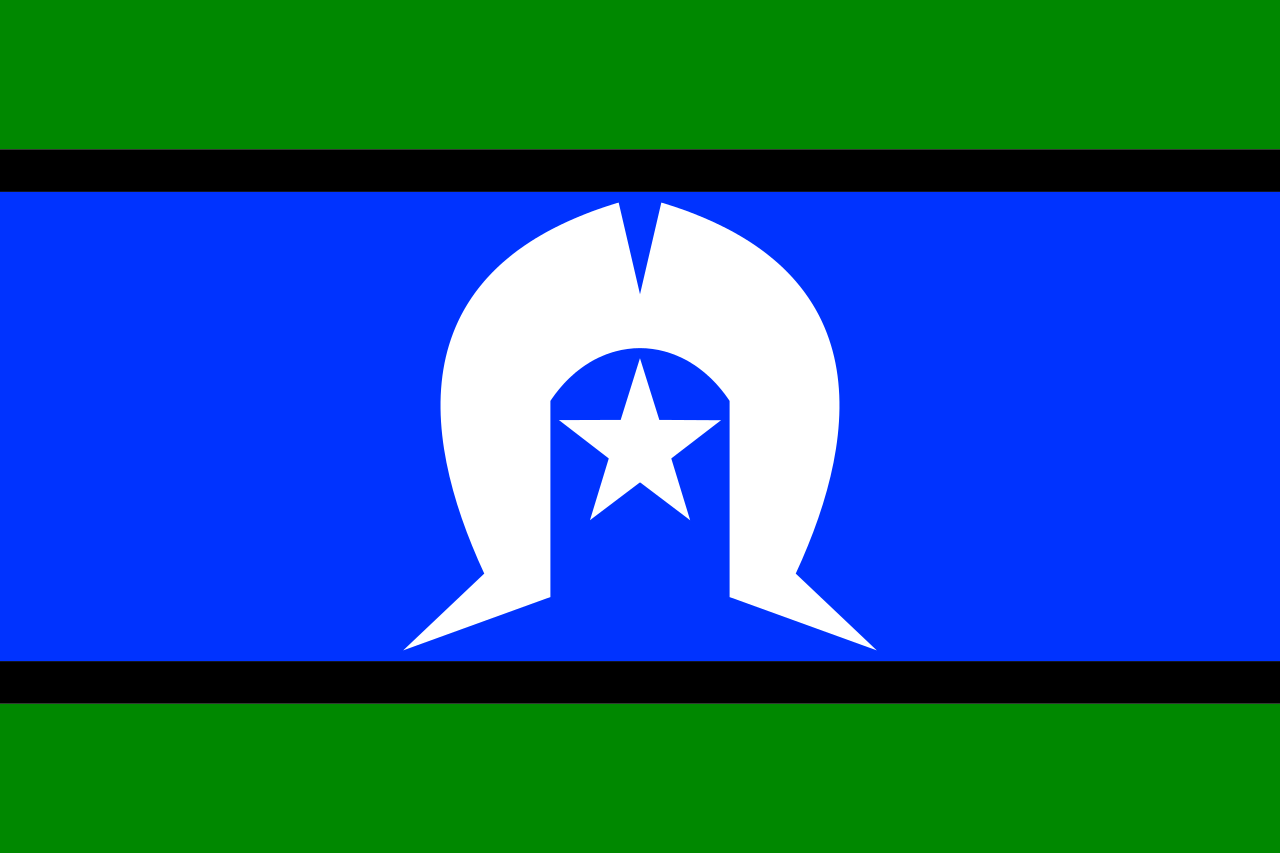CULTURAL PROTOCOL
CULTURAL PROTOCOL IN AUSTRALIA
.jpg)
WELCOME TO COUNTRY
As visitors to Brisbane you will be welcomed to the traditional land of the Turrbal, Yugara and Jagera peoples during a Welcome to Country.
This is an ancient custom and culturally significant ceremony for Indigenous Australians and is always carried out by the Traditional custodians of the land. A Welcome to Country can be expressed through traditional dance, smoking ceremony, song, storytelling and speeches and will vary between Traditional Owner groups.
ACKNOWLEDGEMENT OF COUNTRY
At many events during APAM you will be part of an Acknowledgement of Country. An Acknowledgement of Country involves visitors recognising the original Indigenous custodians of the land. It demonstrates respect for Aboriginal and Torres Strait Islander peoples and their relationship with their Country and land.
An Acknowledgement of Country can be undertaken by an Indigenous or non-Indigenous person.
SMOKING CEREMONY

A smoking ceremony is one of the most significant ancient ceremonies performed by Aboriginal and Torres Strait Islander people. The ceremony involves smouldering various native plants to produce smoke which are believed to have cleansing properties and the ability to ward off bad spirits.
During APAM’s Opening Ceremony there will be a smoking ceremony performed by Traditional Aboriginal Dance Group Nunukul Yuggera as part of a Welcome to Country.
MESSAGE STICK
During APAM you may witness the exchange of message sticks between Traditional custodians and First Nations visitors.
Message sticks have played an important part in communication between Aboriginal groups across the immense Australian landscape. With an estimated 250 distinct indigenous languages spoken in 1788, messages sticks helped support oral messages from tribe to tribe.
More importantly, the message stick itself was a ‘passport’ which gave the carrier protection. When someone carrying a message stick entered another group’s country, they announced themselves with smoke signals and were then accompanied safely with the message stick to the Elders so that they could speak their verbal message. Group members would then accompany the carrier safely back to where they came from with a reply. The message stick also helped to secure safe passage across long distances and through many groups. This was because each time the messenger was directed to meet the elders to show the stick and request permission to pass through and deliver the message to its final destination.
ABORIGINAL FLAG

The Australian Aboriginal Flag was designed by artist Harold Thomas and first flown at Victoria Square in Adelaide, South Australia in 1971.
The flag is divided horizontally into halves. The top half is black and the lower half red. There is a yellow circle in the centre of the flag.
The meanings of the three colours in the flag, as stated by Harold Thomas, are:
- Black: represents the Aboriginal people of Australia
- Yellow circle: represents the Sun, the giver of life and protector
- Red: represents the red earth, the red ochre used in ceremonies and Aboriginal peoples’ spiritual relation to the land
TORRES STRAIT ISLANDER FLAG

The Torres Strait Islander flag was designed by the late Bernard Namok as a symbol of unity and identity for Torres Strait Islanders and was adopted in 1992.
The flag has three horizontal panels, with green at the top and bottom and blue in between. These panels are divided by thin black lines. A white Dhari (traditional headdress) sits in the centre, with a five-pointed white star beneath it.
The meanings of the colours and symbols in the flag are:
- Green: represents the land
- Black: represents the Indigenous peoples
- Blue: represents the sea
- White: represents peace
- Dhari: represents Torres Strait Islander people
- Five-pointed star: represents the five island groups within the Torres Strait. The star is also a symbol for seafaring people as it is used in navigation.
APAM Design
APAM commissioned Indigenous Artist Riki Salam, Creative Director, We Are 27 Creative to redevelop the APAM visual identity. Read about the design and how Riki incorporated the Maiwar (Brisbane river), Brisbane landmarks and message sticks into the creative.
This copy was developed from information on Brisbane City Council, NADOC, Queensland Museum, and Reconciliation Australia websites.





